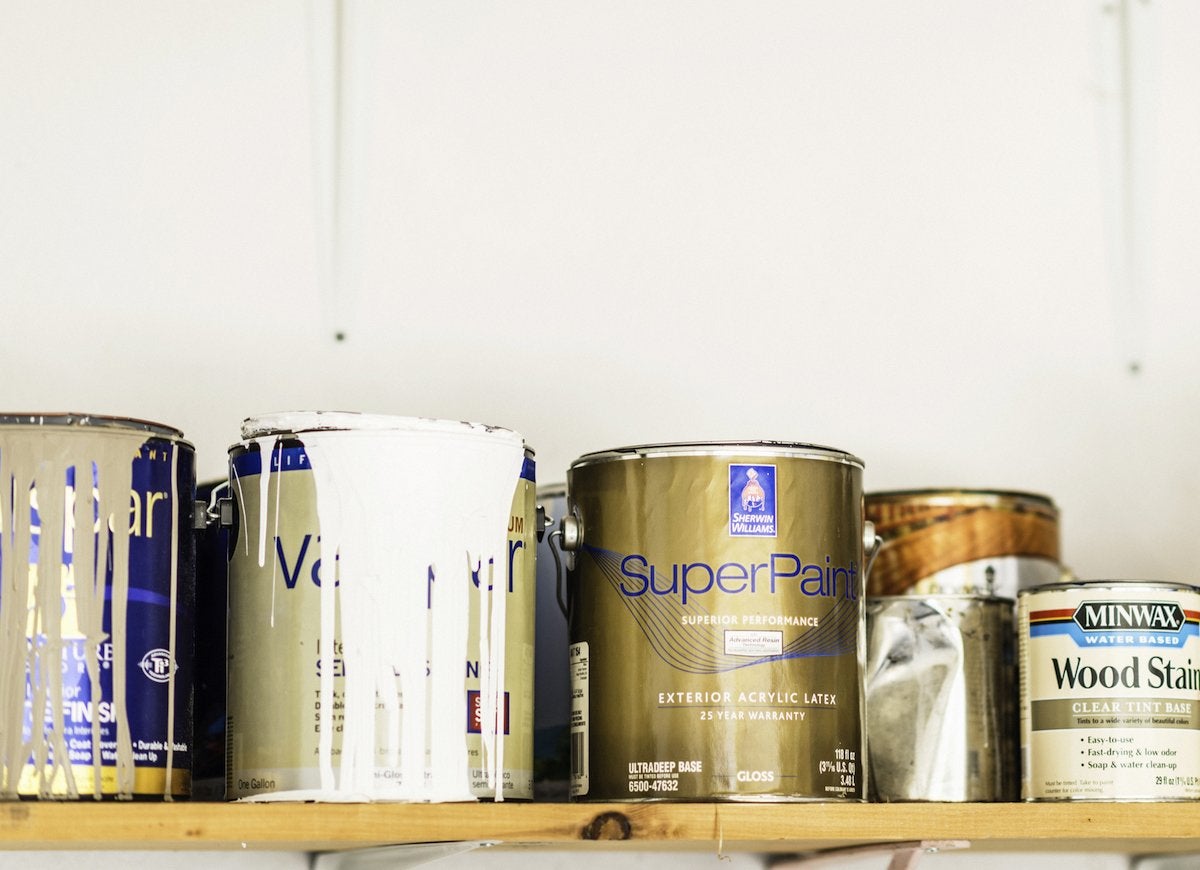

Articles
How To Store Paint Cans In Garage
Modified: October 20, 2024
Learn the best way to store paint cans in your garage with our informative articles. Keep your paint fresh and organized for future use.
(Many of the links in this article redirect to a specific reviewed product. Your purchase of these products through affiliate links helps to generate commission for Storables.com, at no extra cost. Learn more)
Introduction
Properly storing paint cans in the garage is essential for maintaining the quality and usability of your paint. Whether you’re a DIY enthusiast or a professional painter, keeping your paint cans organized and well-preserved offers a range of benefits. In this article, we will explore the importance of storing paint cans correctly and the advantages of organizing them in your garage.
When it comes to home improvement projects, it’s common to have a variety of paint cans lying around the house. The garage is often the go-to storage space for these cans. However, simply stacking them haphazardly on a shelf or leaving them scattered on the floor can lead to several issues.
Read more: How To Store Paint In Garage
Importance of properly storing paint cans in the garage:
- Prolongs the lifespan of the paint: Proper storage helps prevent the paint from drying out or becoming contaminated, ensuring that it remains usable for future touch-ups or projects.
- Maintains color consistency: Exposure to extreme temperatures or sunlight can cause paint pigments to fade or change, affecting the color consistency of the paint. By storing cans properly, you can preserve the original colors of your paint.
- Saves time and money: When paint cans are organized and easily accessible, you can quickly find the desired color and type of paint without wasting time searching through a cluttered garage. Additionally, by extending the lifespan of your paint, you avoid the need to repurchase supplies unnecessarily.
- Prevents accidents and spills: Storing paint cans securely reduces the risk of accidental spills and leaks, keeping your garage and surrounding areas clean and safe.
- Enhances overall garage organization: A well-organized garage provides a more functional and visually appealing space. By dedicating a specific area for paint cans and organizing them systematically, you can maximize storage space and improve the overall organization of your garage.
To fully enjoy these benefits, it’s important to take a systematic approach to storing and organizing your paint cans in the garage. In the following sections, we will guide you through the step-by-step process to ensure your paint cans are properly stored and easily accessible when needed.
Key Takeaways:
- Properly storing paint cans in the garage prolongs paint lifespan, maintains color consistency, saves time and money, prevents accidents, and enhances overall garage organization.
- Clearing and cleaning the garage, separating and sorting paint cans, labeling and categorizing, choosing the right storage containers, proper placement and organization, maintaining ideal storage conditions, and storing and securing paint can lids are essential steps for effective paint can storage.
Clearing and Cleaning the Garage
Before you start organizing your paint cans, it’s crucial to clear out unnecessary items and create a clean and clutter-free space in your garage. Here are the steps to effectively clear and clean your garage:
Clearing out unnecessary items:
Begin by removing any items that are no longer needed or have been sitting unused in your garage. Sort through tools, equipment, and other belongings, and decide what to keep, donate, or discard. This will help create more space and make organizing your paint cans much easier.
Separate items into categories based on their purpose or type. For example, group together gardening tools, sports equipment, automotive supplies, and so on. This will help you identify the specific area where your paint cans will be stored.
Cleaning the garage space:
Once you have cleared the unnecessary items, take the time to clean your garage thoroughly. Sweep or vacuum the floors to remove dirt, dust, and debris. Use a damp mop or cloth to clean any stains or spills. Pay attention to corners and hard-to-reach areas, ensuring that the entire space is clean and ready for organizing your paint cans.
Consider using shelves, cabinets, or pegboards to create additional storage options for the remaining items in your garage. This will help keep your garage organized beyond just the paint cans.
By decluttering and cleaning your garage, you create a fresh canvas for organizing your paint cans. This not only improves the overall appearance of your garage but also makes it easier to locate and access your paint supplies when needed.
Read more: How To Store Gas Cans In Garage
Separating and Sorting Paint Cans
Once you have a clean and organized garage space, it’s time to separate and sort your paint cans. This step is crucial for easy accessibility and ensuring the quality of your paint. Here’s how to effectively separate and sort your paint cans:
Grouping paint cans by type (interior, exterior, specialty):
Start by categorizing your paint cans based on their type. The three main categories are interior, exterior, and specialty paints. Interior paints are meant for indoor applications, while exterior paints are designed for outdoor use. Specialty paints include products like primers, sealers, and textured finishes.
By grouping paint cans according to their respective types, you’ll be able to quickly identify the right paint for specific projects or touch-ups. This saves you time and ensures that you’re using the appropriate paint for the intended surface.
Checking for damaged or expired paint cans:
As you separate and sort your paint cans, take the opportunity to inspect each one for any signs of damage or expiration. Look for rusted or dented cans, as these may indicate compromised paint quality. Discard any cans with major damage or leaks, as those paints may no longer be usable.
Additionally, check the expiration date on each paint can. Paint can expire over time, leading to changes in color, consistency, and effectiveness. If a paint can is past its expiration date, it’s best to dispose of it properly.
Properly separating and sorting your paint cans not only ensures easy access but also helps you identify any damaged or expired paints that need to be replaced. It’s essential to work with paint that is in good condition to achieve the desired results for your projects.
Labeling and Categorizing Paint Cans
Labeling and categorizing your paint cans is a crucial step in maintaining an organized and functional paint storage system in your garage. By properly labeling and categorizing your paint cans, you can easily identify and retrieve the paint you need for your projects. Here’s how to effectively label and categorize your paint cans:
Read more: How To Store Paint Without A Can
Labeling each paint can with color, brand, and date of purchase:
Take the time to label each paint can with essential information such as the color, brand, and date of purchase. This information will help you quickly identify the paint you need without having to open several cans to find the right color. Use a permanent marker or label maker to clearly mark this information on the can’s lid or side.
Include additional details if necessary, such as the paint’s finish (e.g., matte, satin, gloss), usage instructions, or any specific notes about the paint’s characteristics. This will provide you with a complete overview of the paint and its intended purpose.
Creating categories for easy retrieval (by room, project, or color):
In addition to labeling each paint can, it’s essential to create categories that allow for easy retrieval. Consider organizing your paint cans based on criteria that make sense to you, such as by room, project, or color.
For example, you can dedicate shelves or sections of storage containers to specific rooms in your house, such as the living room, bedroom, or kitchen. This way, you can quickly find the paint you need when it comes time to touch up or repaint a specific area.
If you prefer categorizing by project, separate paint cans by past or future projects, making it easy to find the exact paint you used or plan to use for a particular task.
Alternatively, organizing your paint cans by color is another effective method. Group similar shades together, creating a visually appealing and easy-to-navigate system. This is particularly helpful for those who frequently work on art projects or require specific color matching.
By labeling your paint cans with detailed information and creating categories for easy retrieval, you’ll save time and frustration when searching for the perfect paint for your next project.
Choosing the Right Storage Containers
Choosing the right storage containers for your paint cans is crucial for maintaining their quality and organization in your garage. The right containers will protect your paint cans from damage, provide a clean storage environment, and ensure easy access when needed. Here are the key factors to consider when selecting storage containers:
Selecting appropriate storage containers for paint cans:
Opt for containers that are specifically designed for storing paint cans. These containers often come with features that cater to the unique requirements of paint storage. They are available in various sizes and materials to accommodate different paint can sizes and types.
Read more: How To Paint Garage Ceiling
Considering factors like size, material, and sealability:
Size: Choose containers that comfortably fit your paint cans. It’s important to have a container that provides enough space for easy retrieval and prevents cans from becoming cramped or damaged. Consider the height, width, and depth of the cans you typically use to determine the appropriate container size.
Material: Look for containers made of durable, non-reactive materials that won’t interact with the paint. Plastic or metal containers are commonly used for storing paint cans. Plastic containers are lightweight, affordable, and resistant to rust. Metal containers are more sturdy and can offer additional protection against accidental impacts.
Sealability: Ensure that the containers have a tight and secure seal to prevent air and moisture from entering. This will help maintain the paint’s freshness and extend its shelf life. Look for containers with airtight lids or seals to minimize the risk of paint drying out or becoming contaminated.
To further enhance organization, consider using storage containers with transparent or semi-transparent walls. This allows you to easily identify the color, brand, and other information on the label without having to open the container. Clear containers also provide a visually appealing and uniform look to your paint storage area.
When choosing storage containers, it’s important to strike a balance between functionality, durability, and aesthetic appeal. By selecting the appropriate containers, you can ensure that your paint cans are adequately protected, organized, and easily accessible when you need them.
Proper Placement and Organization
Properly placing and organizing your paint cans in the garage is key to maintaining a functional and efficient storage system. By determining the best location for storing your paint cans and implementing an organized structure, you can easily access the paint you need and maintain the overall cleanliness and order of your garage. Here’s how to achieve proper placement and organization:
Determining the best location for storing paint cans in the garage:
When considering the location for storing your paint cans, it’s important to choose an area that is easily accessible and away from potential hazards. Here are a few factors to keep in mind:
- Temperature: Paint cans are best stored in a cool and dry area to prevent excessive heat or cold that can negatively affect the paint’s quality.
- Avoid sunlight: Prolonged exposure to direct sunlight can cause color fading or changes in the paint. Therefore, it’s best to store paint cans away from windows or areas with direct sunlight.
- Accessibility: Select a location that allows for easy access to your paint cans, whether it’s on a shelf, in a cabinet, or on a dedicated storage rack. This will save you time and effort when retrieving the paint you need.
- Out of reach of children and pets: Ensure that paint cans are stored in a place that is inaccessible to children and pets. Consider securing the storage area with a lock or placing it on higher shelves to prevent accidents or spills.
Organizing paint cans by size or category:
Once you have determined the location, the next step is to organize your paint cans. There are two primary methods for organizing paint cans: by size or by category.
Organizing by size: If you have paint cans of varying sizes, consider organizing them based on their dimensions. Place larger cans at the back or on the bottom shelf, and smaller cans towards the front or on upper shelves. This arrangement helps maximize space and provides easy visibility of all cans.
Organizing by category: Another method is to group paint cans by category, such as interior, exterior, or specialty paints. Additionally, you can further categorize them based on rooms, projects, or colors. Label each section or shelf accordingly to create a systematic and efficient organization system.
Whichever method you choose, ensure that the paint cans are easily identifiable and accessible. Regularly review and update the organization system as needed to accommodate any new paint purchases or changes to your projects.
By determining the best location for your paint cans and implementing an organized structure, you can effectively store and access your paint supplies while maintaining a clean and orderly garage space.
Read more: How To Store Paint When Can Is Rusted
Maintaining Ideal Storage Conditions
To ensure the longevity and quality of your stored paint cans, it’s essential to maintain ideal storage conditions in your garage. By protecting your paint cans from extreme temperatures, direct sunlight, and physical damage, you can extend their shelf life and preserve their usability. Here’s how to maintain optimal storage conditions:
Keeping paint cans away from extreme temperatures and direct sunlight:
Extreme temperatures can have a detrimental effect on the quality of your paint. It’s important to store paint cans in a location where the temperature remains relatively stable and within the manufacturer’s recommended range. Avoid areas that are subject to extreme heat or cold, such as near heaters or in unheated garages.
Direct sunlight can also cause problems for stored paint cans. Ultraviolet (UV) radiation from sunlight can lead to color fading and changes in paint consistency. To prevent this, place your paint cans in a shaded area or use opaque containers that block out sunlight. This will help maintain the integrity and original color of the paint.
Using shelves or racks to maximize air circulation and prevent dents:
Using shelves or racks for storing paint cans can maximize air circulation and help prevent dents or damage. When paint cans come into direct contact with hard surfaces or with each other, they can develop dents or scratches, which may affect their seal and integrity.
Consider using sturdy shelves or racks that allow for proper air circulation around the paint cans. This helps prevent the accumulation of moisture and keeps the cans in better condition. A well-ventilated storage system reduces the risk of paint cans rusting or labels peeling off due to trapped moisture.
If you’re using shelves, it’s beneficial to line them with a protective covering, such as a non-slip liner or foam padding, to provide added cushioning and prevent paint cans from slipping or moving around.
Additionally, using storage containers designed specifically for paint cans, as mentioned earlier, can also help protect against dents and damage. These containers often have dividers or partitions that keep the cans separated and secure during storage.
By ensuring that your paint cans are stored away from extreme temperatures and direct sunlight, and utilizing shelves or racks to maximize air circulation and prevent dents, you can maintain ideal storage conditions for your paint cans in the garage.
Storing and Securing Paint Can Lids
Properly sealing your paint can lids is crucial for preventing leaks, spills, and maintaining the freshness of your paint. By ensuring a tight seal, you can extend the lifespan of your paint and prevent unnecessary messes. Here’s how to store and secure paint can lids:
Read more: How To Paint Wood Garage Door
Properly sealing paint can lids to prevent leaks or spills:
When storing your paint cans, it’s important to ensure that the lids are tightly sealed to prevent any leaks or spills. Even a small opening can lead to paint drying out, becoming unusable, or causing a messy situation in your garage.
Here are some tips to properly seal paint can lids:
- Use a rubber mallet: Gently tap around the edges of the lid with a rubber mallet to ensure a secure seal. This helps create a tight fit between the can and the lid, reducing the chance of any leaks.
- Clean the rim: Before sealing the lid, make sure the rim of the paint can is clean and free from any dried paint or debris. This allows for a proper seal and ensures that the lid sits flat on the can.
- Apply downward pressure: Press down firmly on the center of the lid while turning it clockwise to secure it in place. This helps create a tight seal and prevents any air or moisture from entering.
- Check for proper seal: After sealing the lid, give it a gentle tug to make sure it is secure. If there is any movement or slight give, reseal the lid and ensure it is tightly sealed.
Using plastic wrap or rubber bands to ensure a tight seal:
In addition to sealing the paint can lids, you can take extra precautions to ensure a tight and reliable seal. Here are two common methods:
Plastic wrap: After sealing the paint can lid, you can place a layer of plastic wrap over the opening before securing the lid. This provides an additional barrier against air and moisture, further protecting the paint from drying out or becoming contaminated.
Rubber bands: Another option is to use rubber bands to secure the lid tightly in place. Simply place one or more rubber bands around the circumference of the paint can to hold the lid firmly in position. This helps provide added security and prevents any accidental opening or leaks.
Implementing these practices when storing and securing paint can lids ensures that your paint remains fresh and ready for future use. It also prevents any potential spills or leaks, keeping your garage clean and organized.
Safety Precautions
When it comes to storing paint cans in your garage, it’s important to prioritize safety, particularly when it involves children and pets. By taking proper safety precautions and maintaining a clean and safe work area, you can prevent accidents and protect your loved ones. Here are some essential safety tips:
Storing paint cans out of reach of children and pets:
Paint cans contain potentially harmful substances and should be stored out of reach of children and pets. Here’s what you can do to ensure their safety:
- Store paint cans on high shelves: Place paint cans on shelves that are high enough to prevent access by curious children or climbing pets. This reduces the risk of accidental ingestion or spills.
- Secure the storage area: If possible, lock the storage area or use childproof latches to prevent unauthorized access to paint cans. This adds an extra layer of protection and ensures that only authorized individuals can access the paints.
- Label hazardous substances: If you have any paint cans that contain hazardous substances, such as lead-based paints, make sure they are clearly labeled as such. This alerts caregivers and reminds you to handle these cans with extra caution.
- Teach children about the dangers of paint: Educate children about the potential hazards of paint, emphasizing the importance of not touching or consuming it. Encourage them to seek adult supervision if they come across any paint cans in the garage.
Read more: How Much To Paint Garage Door
Maintaining a clean and safe work area in the garage:
In addition to storing paint cans safely, it’s crucial to maintain a clean and safe work area in your garage. This helps minimize accidents and creates an environment conducive to efficient and safe paint projects. Here are some tips:
- Clean up spills promptly: If any paint spills occur during storage or use, clean them up immediately. This reduces the risk of slips and falls in the garage and prevents the spread of paint to unwanted areas.
- Properly dispose of empty or unusable paint cans: Dispose of empty or unusable paint cans according to local regulations. This helps prevent contamination and ensures safe waste management.
- Organize tools and equipment: Keep your garage organized by storing tools and equipment properly. This prevents tripping hazards and ensures that your work area is clutter-free.
- Use personal protective equipment (PPE): When working with paint, especially during projects involving sanding, spraying, or brush application, wear appropriate PPE such as gloves, goggles, and a mask to protect yourself from potential hazards.
By storing paint cans out of reach of children and pets and maintaining a clean and safe work area, you can avoid accidents and create a secure environment for your paint-related activities in the garage. Remember, it’s always better to prioritize safety to enjoy a worry-free painting experience.
Conclusion
In conclusion, following proper paint can storage procedures is essential for maintaining the quality, usability, and safety of your paint supplies in the garage. By organizing your paint cans, properly sealing the lids, and considering storage conditions, you can extend the lifespan of your paint, save time and money, and prevent accidents or spills. Here’s a recap of the key tips for storing paint cans in the garage:
- Importance of proper storage: Properly storing paint cans ensures their longevity and usability, maintaining color consistency and preventing wasted time and money.
- Clearing and cleaning the garage: Clear out unnecessary items and clean the garage space to create a clutter-free environment for organizing your paint cans.
- Separating and sorting paint cans: Group paint cans by type (interior, exterior, specialty) and check for any damaged or expired cans for proper disposal.
- Labeling and categorizing paint cans: Label each paint can with color, brand, and date of purchase and create categories for easy retrieval.
- Choosing the right storage containers: Select appropriate storage containers considering size, material, and sealability to protect the paint cans.
- Proper placement and organization: Determine the best location for storing paint cans and organize them by size or category for easy access.
- Maintaining ideal storage conditions: Keep paint cans away from extreme temperatures and direct sunlight, and use shelves or racks to maximize air circulation and prevent dents.
- Storing and securing paint can lids: Properly seal paint can lids to prevent leaks or spills, and use plastic wrap or rubber bands for an extra secure seal.
- Safety precautions: Store paint cans out of reach of children and pets, and maintain a clean and safe work area in the garage.
By following these guidelines and incorporating them into your paint storage routine, you can create a well-organized and efficient system for storing your paint cans in the garage. This will not only ensure the longevity and quality of your paint supplies but also provide a safe and enjoyable environment for your DIY projects or professional painting tasks. So, take the time to implement these storage procedures and enjoy the benefits of a tidy and functional paint storage area!
Frequently Asked Questions about How To Store Paint Cans In Garage
Was this page helpful?
At Storables.com, we guarantee accurate and reliable information. Our content, validated by Expert Board Contributors, is crafted following stringent Editorial Policies. We're committed to providing you with well-researched, expert-backed insights for all your informational needs.

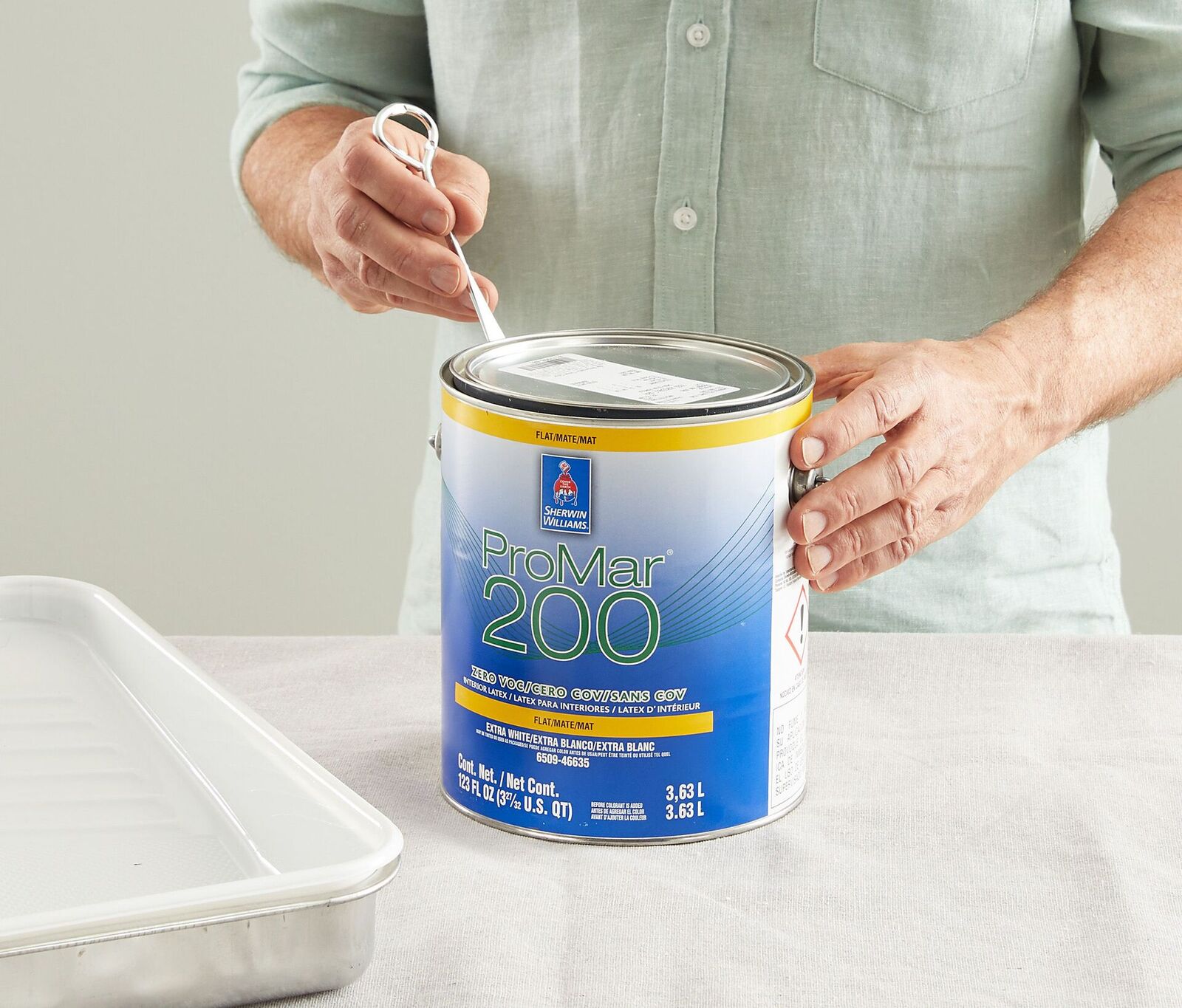


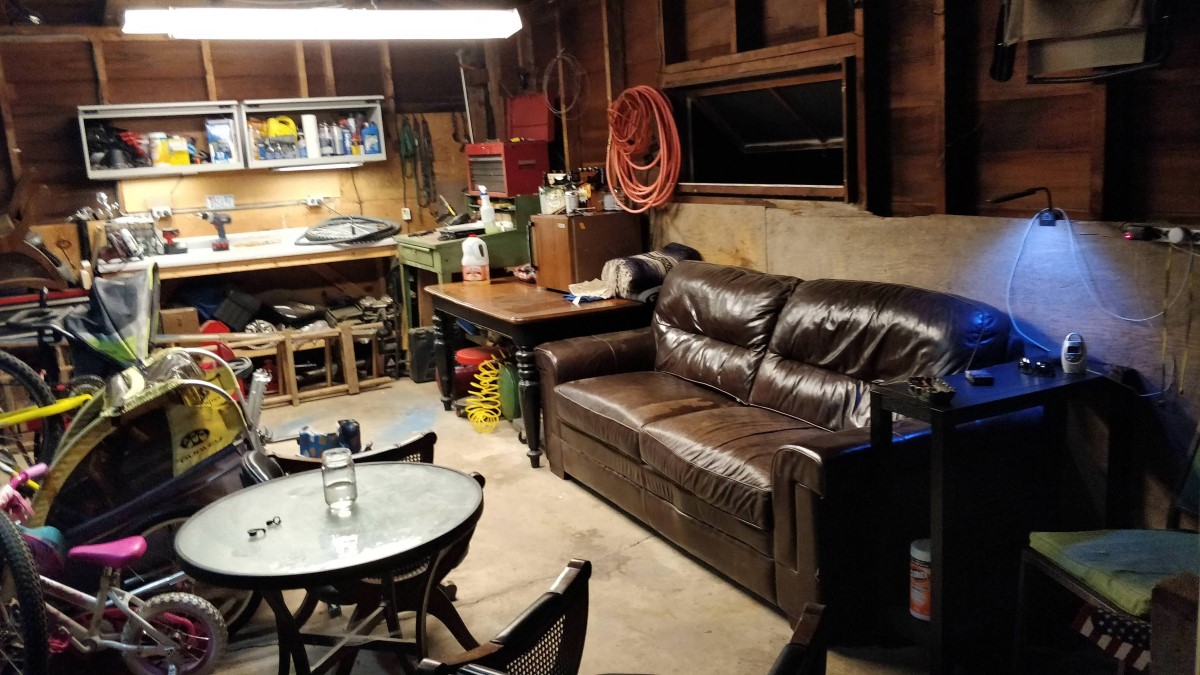
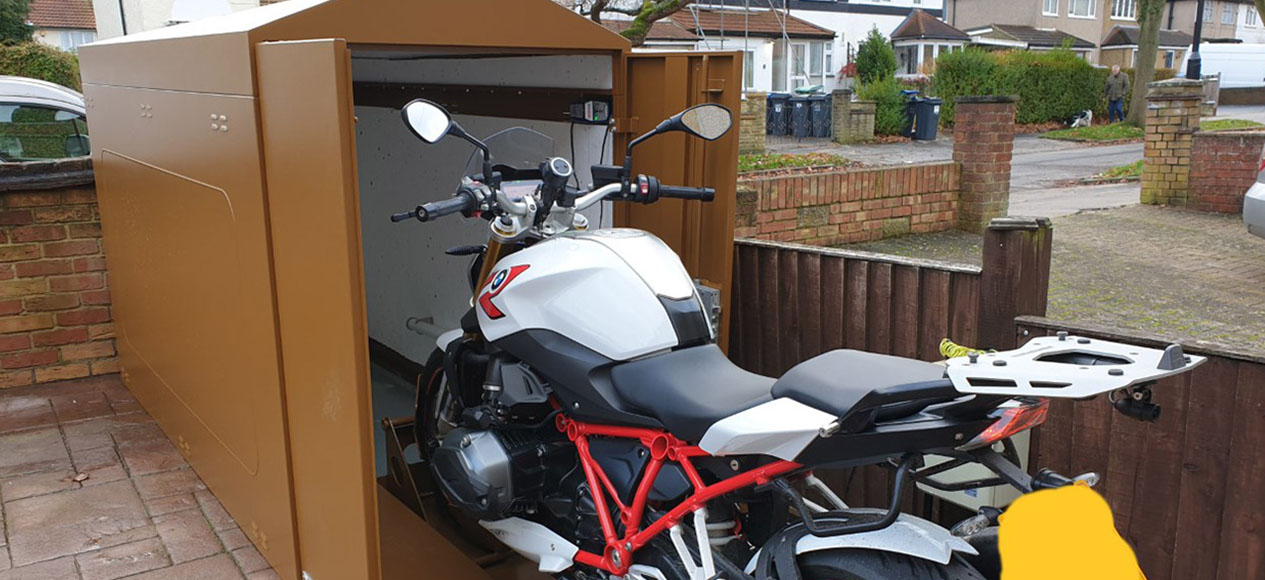
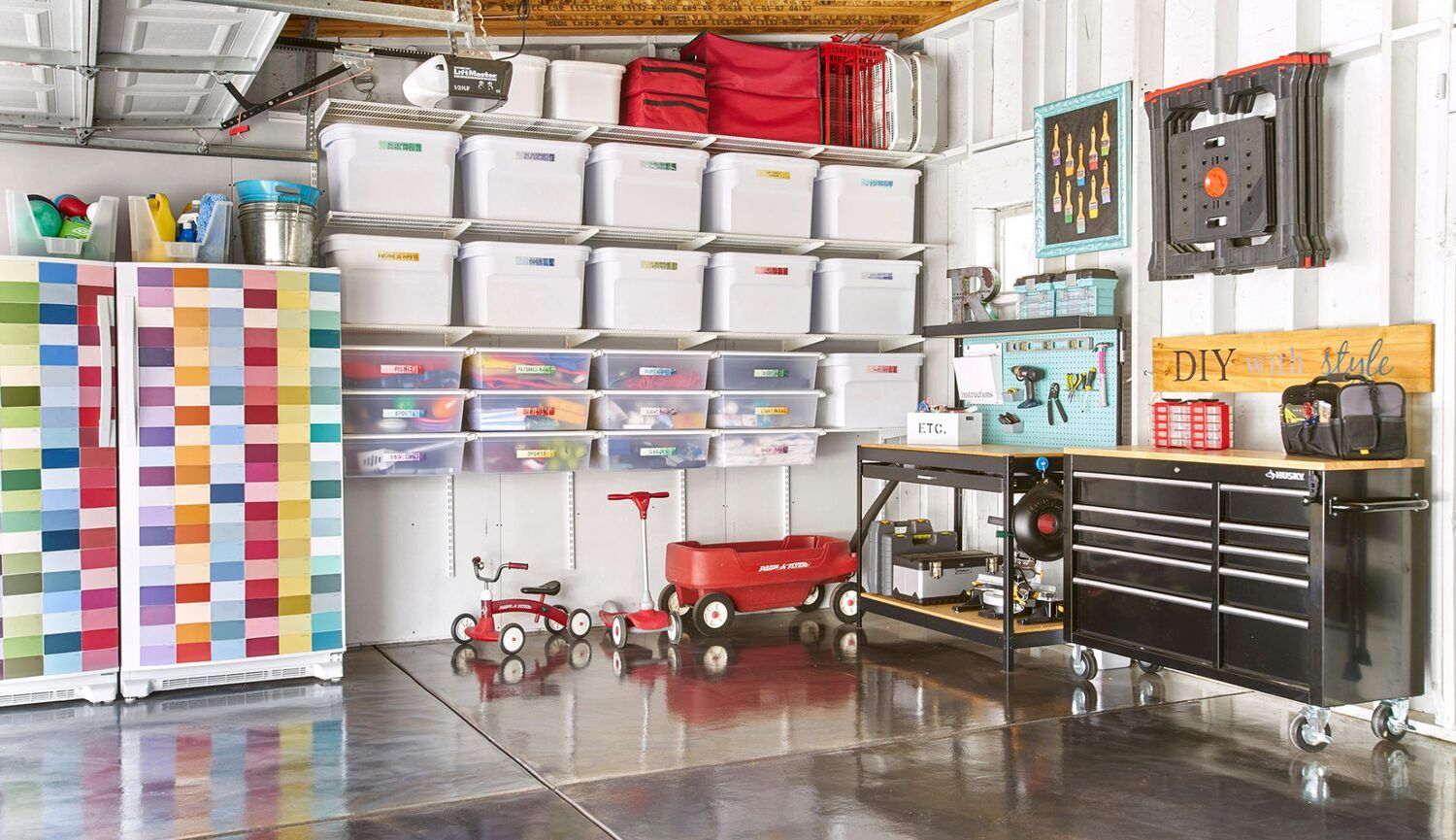
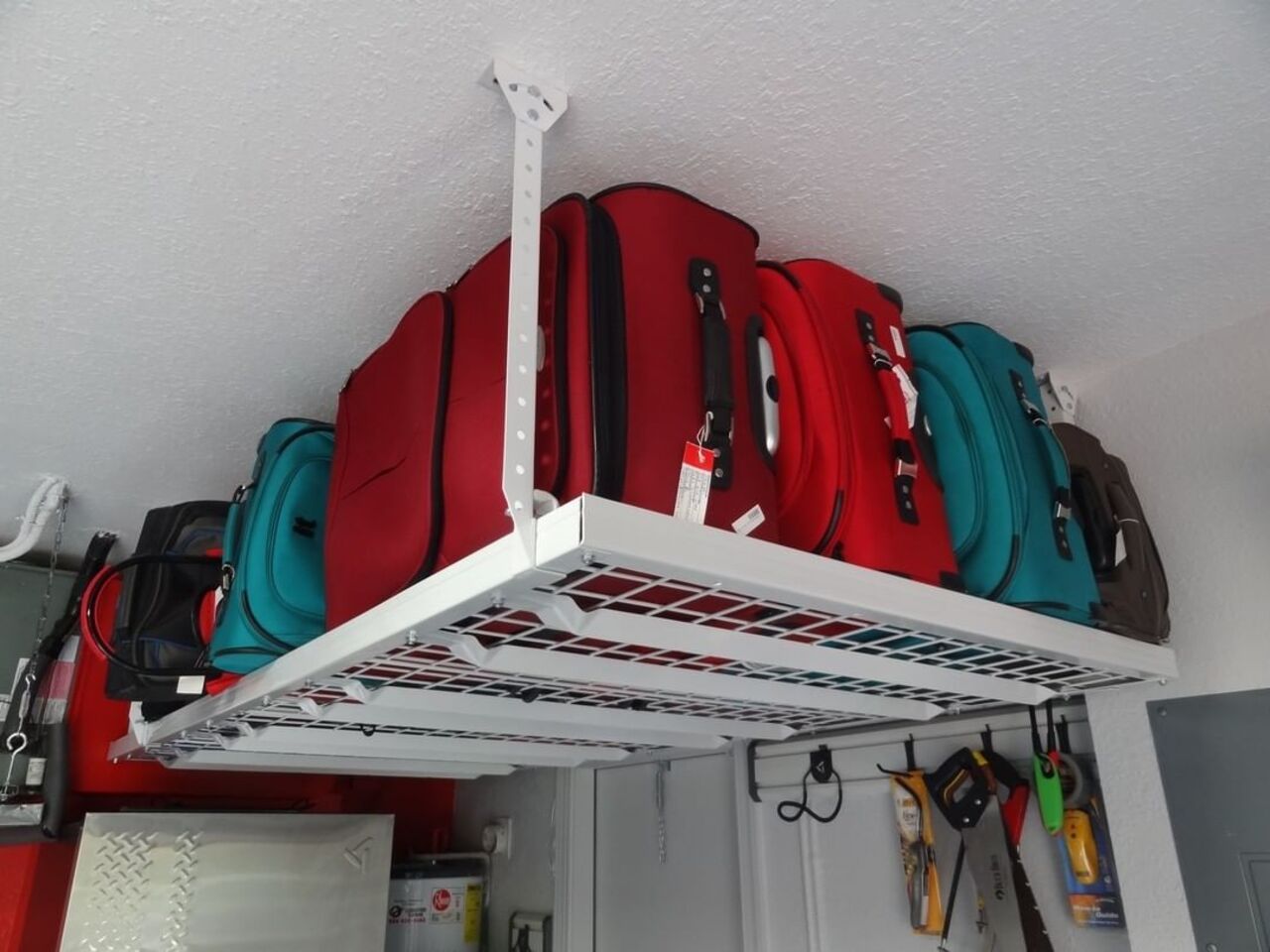
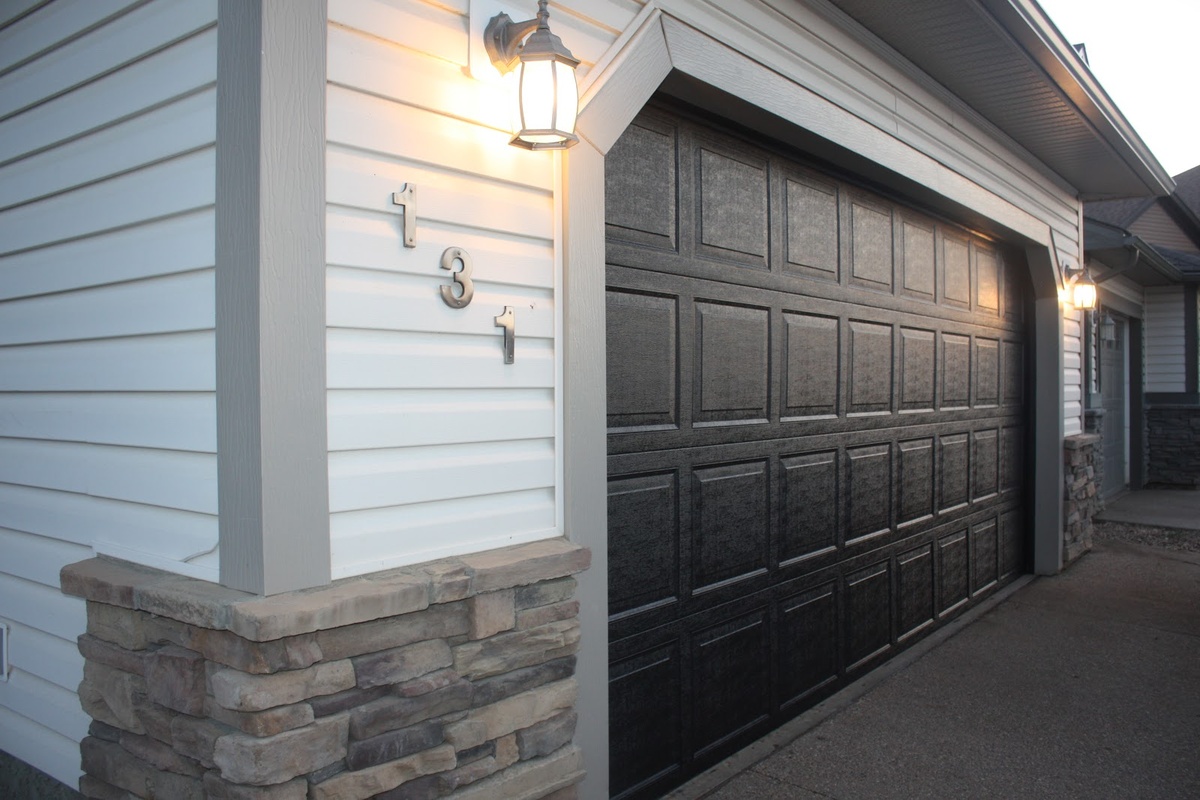

0 thoughts on “How To Store Paint Cans In Garage”